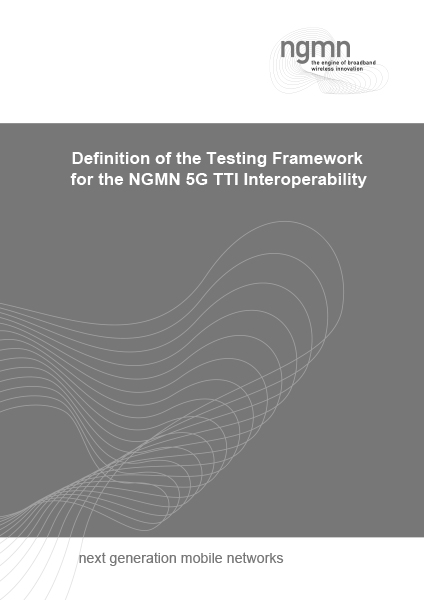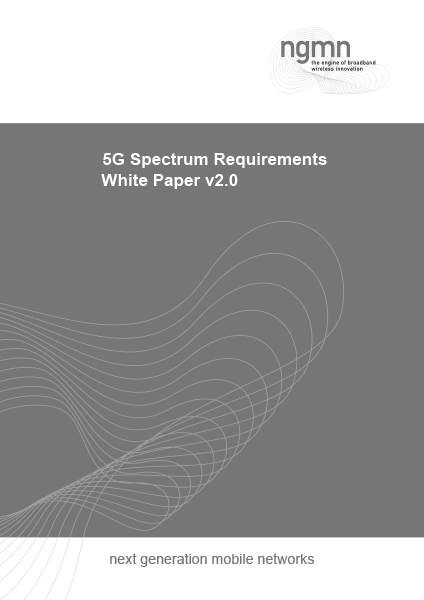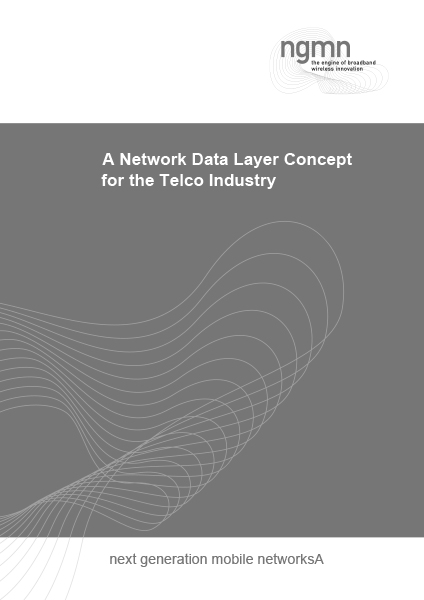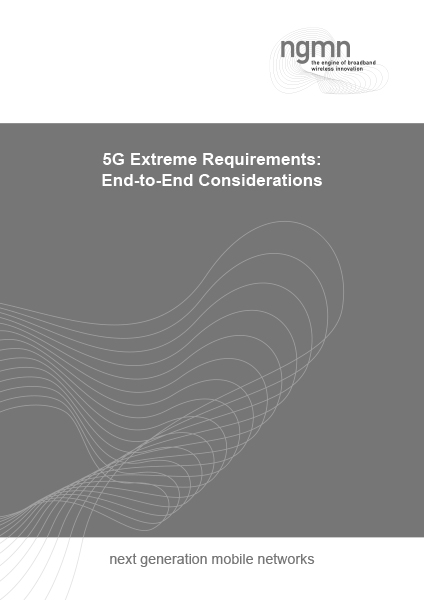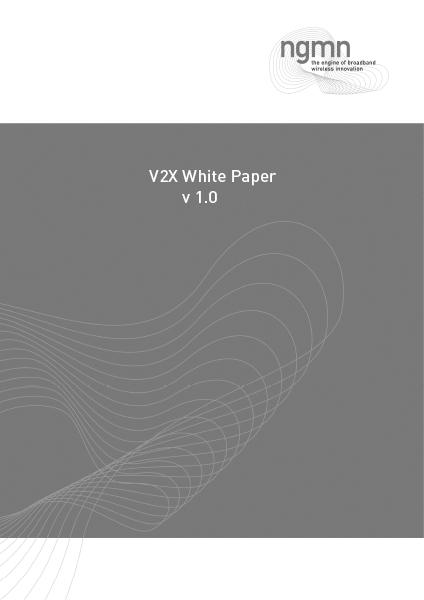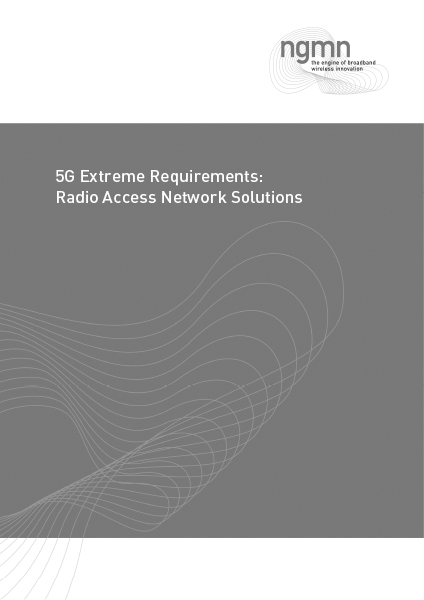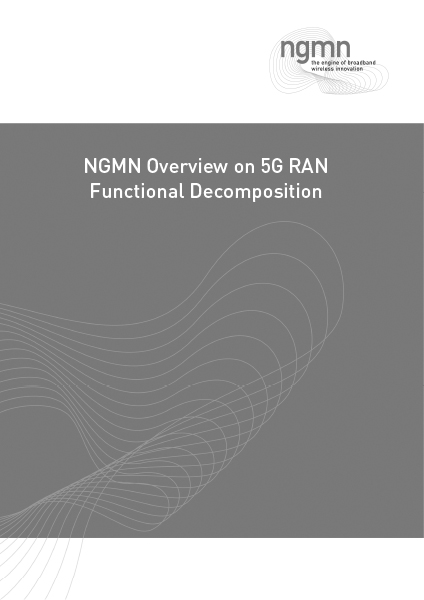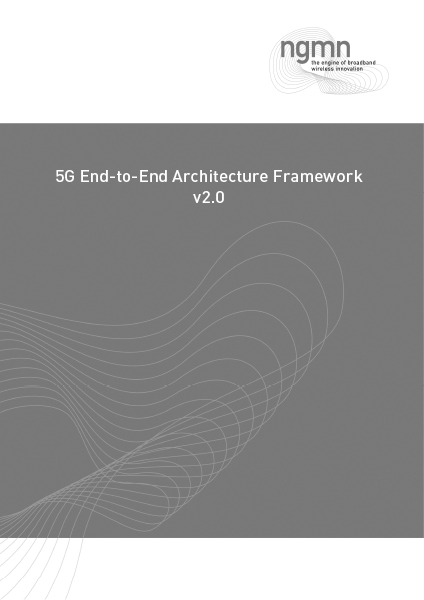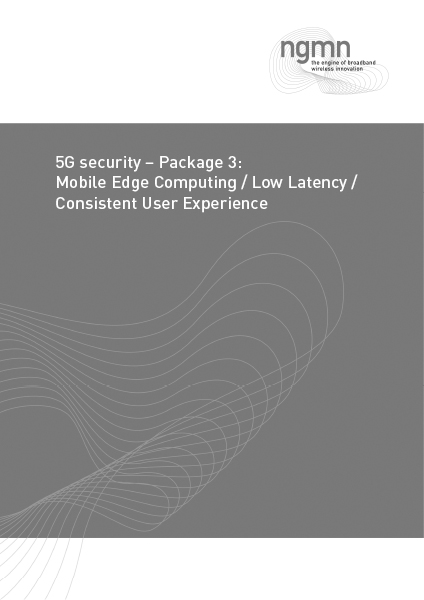The 5G RAN decomposition allows for a wide range of 5G services requirements to be met by allowing for RAN functionality to be split into centralised and distributed locations. There is a trade-off in terms of performance, complexity, flexibility, and transport demands that can allow an operator to decide what RAN decomposition(s) to deploy. This work provides an overview of the various RAN functional split options and their relative trade-offs.
This work also provides an overview of the various industry activities that together form a toolbox enabling an operator to deploy the RAN functional split(s) of their choice.
The functional split options can broadly be classified as either a high layer split (HLS) or a low layer split (LLS). The HLS is progressing as a work item within 3GPP. An overview of the 3GPP activities related to the HLS is provided here. For the LLS, the story is less mature, but still making significant progress. Many industry groups including, 3GPP, eCPRI, xRAN, TIP, TTA, SCF, IEEE 1914, IEEE 802.1CM, are working on parts of the puzzle and specifications are already available or soon to be available from many of these groups. The final part of this document provides an overview of how these various aspects related to the LLS are developing.
